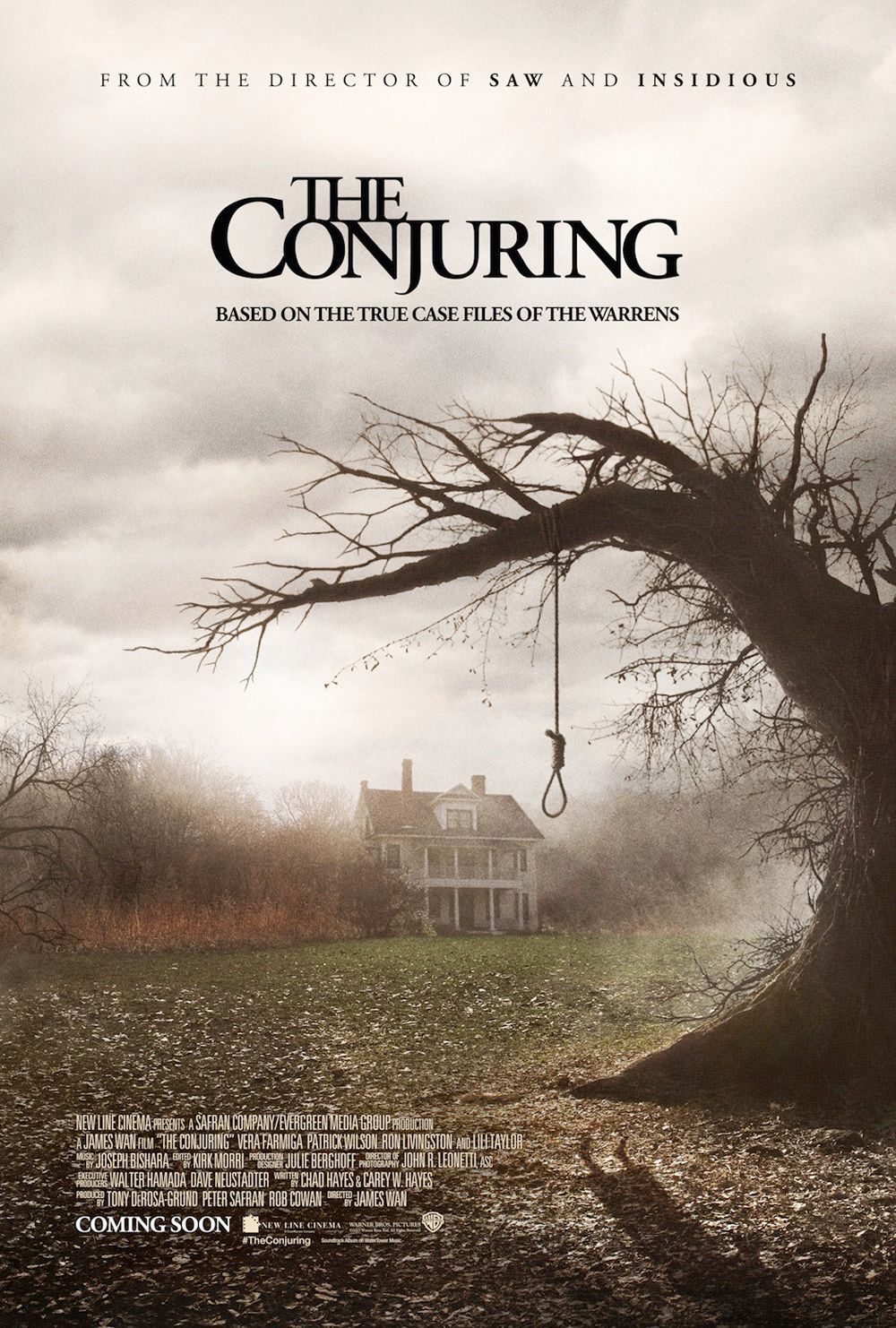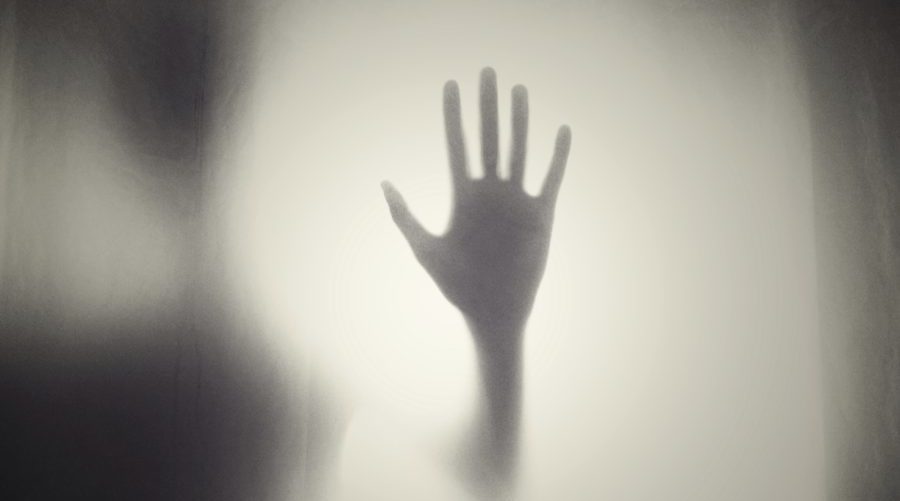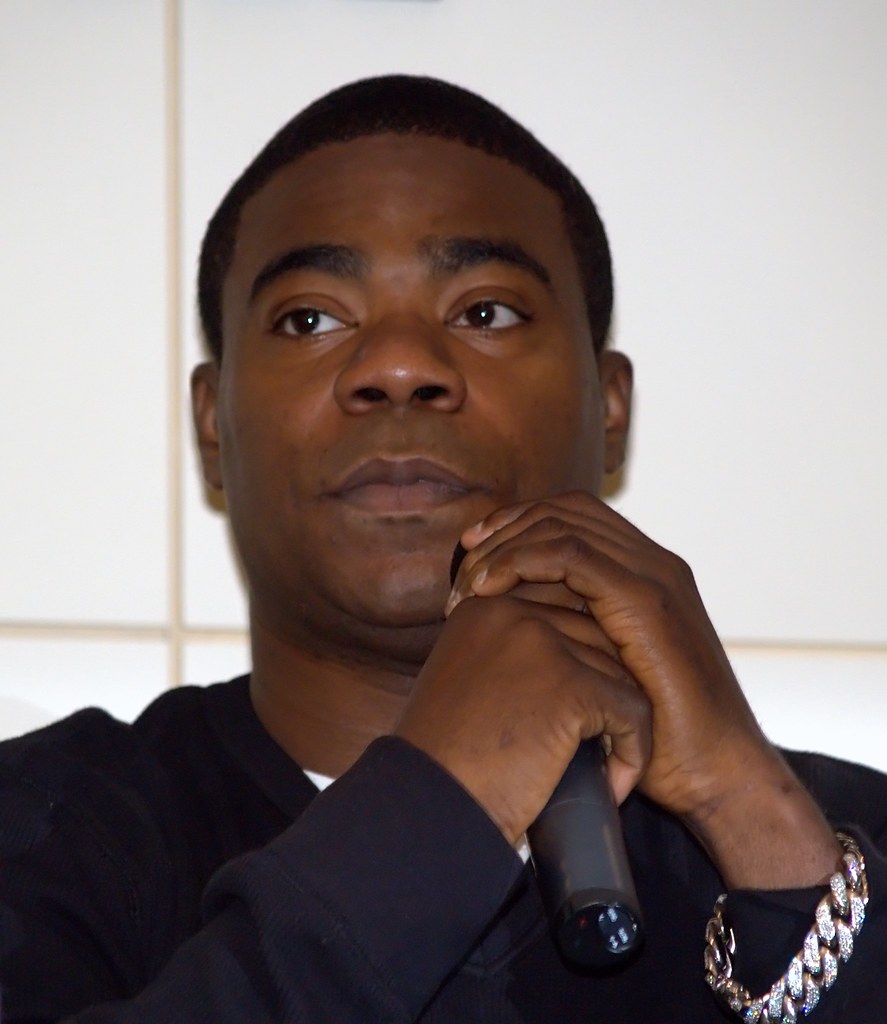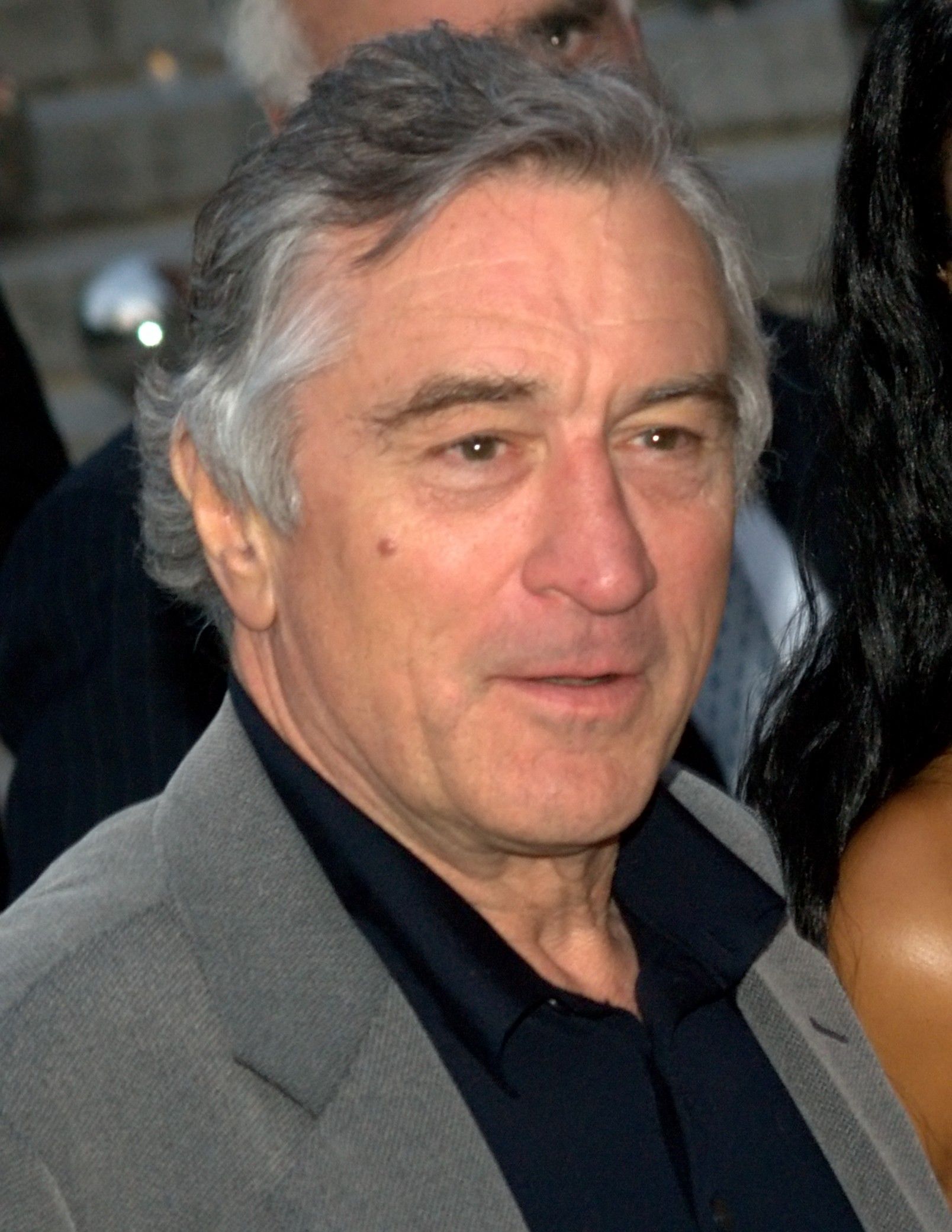
The Conjuring” hit cinemas in 2013, terrifying audiences with its “all-too-realistic portrayal of the demonic haunting of an innocent family in Rhode Island.” While critics praised its chilling atmosphere, the film’s marketing, and indeed the entire “Conjuring Universe” franchise, rests on a provocative claim: it’s “based on a true story.” This assertion rooted itself deep in popular culture, crafting a pervasive legend around the Perron family, their farmhouse, and the self-proclaimed demonologists Ed and Lorraine Warren.
But what happens when you strip away the layers of cinematic embellishment, the dramatic license, and the whispers of the paranormal that have accumulated over decades? What remains is a tangled mess of folklore, family testimony, and an investigative narrative that frequently challenges conventional truths. Our journey today isn’t just about ghosts; it’s about the construction of a modern myth, the human thirst for the terrifying, and the often-gritty reality that underlies our most captivating horror stories. Prepare to separate the chilling facts from the fiendishly profitable fabrications.

1. **The Perron Family’s Nightmare Begins: A New Home, Old Horrors**In January 1971, Roger and Carolyn Perron, with their five daughters, moved into a sprawling 14-room farmhouse in Harrisville, Rhode Island. Built around 1736, this pre-Revolutionary War colonial on two hundred acres was meant to be their idyllic country dream. Yet, this vision quickly soured. The serene landscape soon became a stage for insidious, unsettling events, transforming their fresh start into a decade-long nightmare of unexplained phenomena.
The house immediately asserted its strange presence. Carolyn Perron first noticed small, disquieting oddities. Brooms would vanish or reappear unexpectedly. The sound of scraping against a kettle echoed from an empty kitchen. Most bizarrely, meticulous floor-sweeping often led to inexplicable piles of dirt reappearing in the center of the clean space. These were not grand spectacles, but subtle, domestic invasions that chipped away at the family’s sense of normalcy, making their own home feel alien.
As disturbances escalated, the daughters began perceiving spirits. Initially, many apparitions seemed harmless, even benevolent, like a boy named Oliver Richardson. The children reportedly grew fond of some, including a “sweeping ghost” and “Manny,” a boy spirit said to have hung himself in the attic. He allegedly played with their toys and watched them. This early period presented a confusing blend of mild, almost whimsical encounters, alongside a burgeoning sense of the uncanny.
However, the benign soon gave way to malevolence. Andrea Perron, the eldest daughter, later described the house as “a portal cleverly disguised as a farmhouse.” Innocent games morphed into darker manifestations: spirits smelling of “rotting flesh” and beds rising off the floor, often at 5:15 AM. This shift from minor annoyances to physically terrifying phenomena pushed the family to their breaking point. Their prolonged exposure to the relentless, inexplicable laid the foundation for a legend ripe for scrutiny.

2. **Unearthing the Past: The House’s Gruesome History and Unverifiable Legends**As paranormal activity intensified, Carolyn Perron delved into the farmhouse’s history, seeking answers. The narrative she reportedly uncovered, later woven into the “Conjuring” legend, painted a grim picture of the Arnold Estate. She allegedly discovered the house had remained in the same family for eight generations, a lineage marked by numerous mysterious and horrible deaths. This supposed dark legacy offered a terrifying explanation for the unseen entities tormenting her family.
Legends, breathlessly repeated on ghost tours, spoke of a “Black Book of Burrillville,” detailing a gruesome history tied to the property. This grim ledger allegedly included two hanging suicides, a poison suicide, two drownings, four men who froze to death, and the rape and murder of an 11-year-old girl named Prudence Arnold. It was a compelling, macabre list, offering a terrifying backstory for every unexplained sound and shadow within the old house.
However, an investigative eye quickly discerns the dramatic license taken with this history. While a town might have records of untimely deaths, independent, verifiable historical records for these specific claims directly linked to the farmhouse property are absent. This “Black Book” lore appears to exist primarily “in the echo chamber of paranormal lore,” a crucial detail often omitted from sensationalized retellings. The dramatic death toll and violent history directly connected to the Arnold Estate are, at best, highly exaggerated.
The unvarnished reality suggests that the extensive list of horrors tied directly to 1677 Round Top Road is largely unsubstantiated. This doesn’t invalidate the family’s experiences, but it challenges the convenient, pre-packaged historical explanations. The idea of a “Black Book” is a powerful narrative device, yet its factual basis remains elusive, pushing the story further into the realm of folklore rather than documented history. The alleged history, rich with tragedy, fueled the Perrons’ fear, but its verifiable truth is a different matter.

3. **The Haunting’s True Identity: Friendly Apparitions vs. Malevolent Entities**The Perron family’s decade-long ordeal was a complex mix of benign and terrifying encounters. The children, especially, reported friendly apparitions like Oliver Richardson and “Manny,” a boy spirit said to have hung himself in the attic. They even grew fond of a “sweeping ghost” known only by the sound of a broom and neat dirt piles. This initial phase presented a confusing, almost paradoxical environment, blurring the lines between playful presence and spectral resident.
However, these milder disturbances soon gave way to far more sinister forces. Andrea Perron described spirits smelling distinctly of “rotting flesh,” a visceral assault on their senses. These entities were not subtle; beds would be violently lifted off the floor, often at 5:15 AM, tossing sleeping family members. The house transformed from merely quirky to a battleground of chaotic and unpredictable events, blurring the line between simple poltergeist activity and outright demonic torment.
The malevolent entities escalated their attacks, moving beyond atmospheric dread to direct physical and emotional torment. The Perrons claimed these darker forces pulled on the girls’ hair and limbs during the night, a chilling violation of their security. Banging doors and disembodied cries became regular occurrences. One harrowing night, a voice chillingly recounted “seven dead soldiers buried within the walls of their home,” adding another layer of dread to their already terror-stricken environment.
Among these terrifying forces, one entity emerged as particularly formidable: Bathsheba. Andrea Perron, even years later, remained reluctant to discuss the details, offering only a cryptic comment about “a very bad male spirit in the home – with five little girls.” The family believed Bathsheba harbored a singular hatred for Carolyn, driven by an alleged infatuation with Roger Perron. Carolyn reported being physically hurt, emotionally tormented, and felt her energy constantly consumed, “almost like Bathsheba intended to possess her body.”
4. **Bathsheba Sherman: Hollywood’s Demonic Witch vs. Historical Reality**The Conjuring franchise cemented Bathsheba Sherman as a demonic witch, a Satanist sacrificing infants and cursing all on her land. This cinematic villain, allegedly hanging herself on the property while screaming devotion to Lucifer, became the embodiment of evil in popular culture. Her dramatic portrayal presented a horrifying historical figure whose wickedness transcended death, providing a tangible antagonist for audiences to fear.
However, the historical Bathsheba Thayer Sherman, born in 1812, was a local woman, wife to Judson and mother to Herbert. Historian J’aime Rubio’s extensive research revealed “zero historical evidence she was ever accused of witchcraft or murdering a child.” The lurid tale of an infant dying in her care from a sewing needle to the skull is “a sensational fabrication,” debunking the cornerstone of her monstrous legend.
Crucially, historical records indicate Bathsheba Sherman “never even lived at the Harrisville farmhouse.” This fact alone unravels the core premise of her haunting the Perron family in that specific location. Her connection to the Arnold Estate, and the horrific deeds attributed to her, appears to be a construct of local lore and convenient storytelling, not verifiable history. She was a real person, but her alleged malevolence towards the Perrons is not rooted in actual residency.
The “evil witch” narrative was likely “concocted in 1973 after Carolyn Perron did her own research and was then enthusiastically amplified by Ed and Lorraine Warren.” A tragic, unproven accusation from her lifetime—a neighbor’s child dying in her care—was twisted into a demonic curse. This demonstrates how a kernel of suspicion, common for women associated with tragedy and jealousy, can be exploited. Even Andrea Perron later suggested the malevolent presence was a “Mrs. Arnold,” further shifting the narrative and exposing its fluid nature.

5. **Ed and Lorraine Warren: Paranormal Investigators or Master Fabricators?**The names Ed and Lorraine Warren are synonymous with paranormal investigation, their careers linked to infamous hauntings. Ed, a self-professed demonologist, and Lorraine, a clairvoyant, co-founded the New England Society for Psychic Research in 1952. This marked the start of their controversial journey into the unknown, positioning them as pioneers in a field often dismissed by mainstream science, yet captivating to a public hungry for explanations of the inexplicable.
Their reputation soared after the Amityville hauntings, propelling them into national prominence. The Warrens’ methods were often theatrical, framing themselves as “intrepid Christian soldiers” battling demonic forces. Lorraine spoke with evangelical fervor about dark energies, solidifying beliefs in supernatural evil for desperate families. This powerful persona ultimately led the Perrons to invite them into their Harrisville farmhouse in 1973, a decision that irrevocably shaped the haunting’s narrative.
Despite their fame, a persistent chorus of skepticism questioned their authenticity and ethics. Critics like Joe Nickell and Steven Novella accused them of being “paranormal grifters,” exploiting vulnerable families and exaggerating incidents for “fame and fortune.” The Amityville Horror, their most celebrated case, was “widely debunked as a hoax,” casting a significant shadow over their entire body of work. This perspective paints them as shrewd self-promoters, blurring fact and folklore for personal gain.
The Warrens’ “investigation” at the Perron house appears to have culminated in a single, chaotic night. Lorraine conducted a séance, allegedly leading to Carolyn Perron’s possession, speaking in tongues, levitating, and being “thrown across the room.” Roger Perron, traumatized, “physically threw them out,” convinced they’d worsened things. This immediate expulsion contradicts the film’s depiction of the Warrens as persistent saviors, instead showcasing a rapid and dramatic failure of their intervention.
Despite the controversies, Lorraine Warren served as a consultant on “The Conjuring,” claiming minimal dramatic license. Their legacy remains deeply polarized: pioneers to some, master storytellers and shrewd manipulators of public fascination to others.

6. **The Séance that Shattered Reality: Warrens’ Ill-Fated Intervention**The Warrens’ intervention at the Perron farmhouse, rather than bringing solace, escalated into a single, chaotic night that forever etched itself into the family’s memory. This pivotal event, a séance conducted by Lorraine Warren in 1973, was meant to contact the spirits and alleviate the family’s torment. Instead, it became a terrifying spectacle that pushed Carolyn Perron and her loved ones to their breaking point.
Andrea Perron, the eldest daughter, recounted secretly witnessing the harrowing scene. Her mother, Carolyn, allegedly became possessed during the séance, speaking in tongues in a voice not her own. The very chair Carolyn sat in purportedly levitated, and she was “thrown across the room,” a visceral and deeply disturbing manifestation of what the family believed to be demonic influence. It was an experience that Andrea described as feeling like she was “going to pass out.”
The immediate aftermath was one of shock and outrage. Roger Perron, already skeptical of the Warrens’ dramatic flair, was so traumatized by what he witnessed that he “physically threw them out” of his home. He became convinced that their presence and their methods had not only failed to help but had actively “worsened things,” leaving his family in an even more precarious and frightened state. The belief that they had amplified the malevolent forces was a bitter pill to swallow.
This real-life expulsion stands in stark contrast to the cinematic narrative of “The Conjuring,” which portrays the Warrens as heroic saviors successfully battling a demon. Lorraine Warren, despite her claims as a clairvoyant, maintained that she and her husband would never attempt an exorcism themselves, as these sacred rites must be performed by Catholic priests. Even years later, Lorraine herself remained traumatized by the Old Arnold Estate, stating, “The things that went on there were just so incredibly frightening. It still affects me to talk about it today.”
Indeed, according to Andrea Perron, the Warrens “did not help the haunting at all, but rather, made it worse.” For years after their visit, the Perrons were forced to continue living alongside the dark entities, enduring the unrelenting terror due to financial instability until their eventual departure in 1980. This highlights a stark divergence between the sensationalized cinematic rescue and the grim, prolonged reality of the family’s suffering.

7. **The Enfield Haunting: A Mirror to Harrisville’s Mysteries?**Six years after the Perron family’s ordeal began, another family, the Hodgsons in Enfield, England, found themselves at the center of a similarly terrifying and contentious haunting. In August 1977, strange phenomena commenced in their home, drawing parallels that would later be explored by the same controversial paranormal investigators, Ed and Lorraine Warren. The similarities, though occurring across an ocean, are striking.
The activity began with unsettling domestic disturbances, much like in Harrisville. Janet Hodgson, then 11, vividly recalled seeing her dresser slide across the room she shared with her brother. Soon after, incessant knocking sounds echoed throughout the house, leading their mother to initially suspect burglars. However, the events quickly escalated beyond rational explanation when a responding police officer reported witnessing a chair rise and move across the floor on its own, baffling law enforcement.
News of the Enfield haunting spread rapidly, drawing reporters from the Daily Mirror who documented firsthand accounts of paranormal activity. Legos and marbles reportedly flew around rooms, feeling “hot to the touch” upon retrieval. Clothing folded on tabletops would inexplicably leap off and fly across the room. Disembodied dog barks, flickering lights, coins dropping from thin air, and furniture spinning or tipping without touch became regular occurrences. The climax of these events saw an iron fireplace in an upstairs bedroom violently ripped out of the wall.
As with the Perron case, the Warrens eventually arrived, declaring the presence of a demonic entity. However, their claims in Enfield were immediately met with heightened skepticism. Many other paranormal investigators concluded that the children were faking their experiences, especially after one reportedly admitted to doing so on an occasion. A “noted skeptic” at the time further accused Ed Warren of “exaggerating and even making up incidents… often transforming a ‘haunting’ into one case of ‘demonic possession,'” casting a shadow of doubt on their findings.
Unlike the dramatized exorcism in the film, the Warrens did not perform such a rite in Enfield. The hauntings, which had plagued the Hodgson family for two years, abruptly ceased in 1979, with the family maintaining they did nothing to stop them. This unresolved ending, coupled with the admitted hoaxes and the Warrens’ contested involvement, leaves the Enfield case, much like Harrisville, shrouded in a complex mix of alleged supernatural occurrences and enduring human skepticism, blurring the lines of what truly transpired.

8. **Andrea Perron’s Narrative: Shaping the Legend**Beyond the cinematic spectacle, the story of the Harrisville farmhouse owes much to the persistent and passionate advocacy of Andrea Perron, the eldest daughter of Carolyn and Roger. She emerged as the family’s primary chronicler, transforming her decade-long ordeal into a trilogy of books, “House of Darkness, House of Light,” which became a foundational text for the ‘Conjuring’ phenomenon and painted a vivid, personal picture of their alleged torment.
Andrea’s accounts delve deeply into the emotional and psychological toll of living in a home she chillingly described as “a portal cleverly disguised as a farmhouse.” She detailed the insidious progression of the haunting, from the initial “small oddities” like vanishing broom handles and musty odors, to the terrifying escalation of apparitions and the pervasive “female presence” she believed targeted her mother. Her narratives gave voice to the specific torments, including her younger sister Cindy’s claim of hearing “seven dead soldiers buried in the wall.”
Her detailed storytelling extends to the infamous Bathsheba Sherman, whom Andrea portrayed not as a fictional demon, but as a real, embittered spirit. Andrea theorized that the historical accusations of witchcraft and infanticide against Bathsheba during her lifetime had fostered a profound “bitterness and rage” that she carried into the afterlife. Andrea believed this hatred fueled Bathsheba’s torment of the Perron family, particularly her mother Carolyn, whom the spirit allegedly resented as the “mistress of the house.”
Years after the family escaped the farmhouse in 1980, Andrea Perron transitioned from survivor to storyteller, turning her “supposed trauma into a cottage industry.” This includes lucrative book sales, paid conference appearances, and even, remarkably, evening activities where she invites a “galactic family” of extraterrestrials to appear, often accompanied by singing. This evolution reveals how personal experience, however harrowing, can eventually intersect with and feed a broader public fascination with the paranormal.
Andrea’s persistent efforts to share her family’s story have played an undeniable role in cementing the “true story” aspect of ‘The Conjuring’ in popular culture. Her comprehensive narrative, offered decades after the events, ensures that the Perron family’s perspective remains a cornerstone of the legend, even as critics and skeptics continue to dissect the factual basis and inconsistencies within the broader Conjuring universe.

9. **The Commercialization of Fear: The ‘Conjuring House’ Today**The “true story” of the Harrisville farmhouse, once a private family nightmare, has metamorphosed into a commercial juggernaut, a prime example of how Hollywood’s power can monetize terror. The ‘Conjuring Universe’ franchise, now comprising nine films with a tenth on the horizon, consistently leverages the “based on a true story” tagline, transforming the Perron family’s alleged haunting into a global phenomenon.
This commercialization extends far beyond the silver screen, directly impacting the very property at 1677 Round Top Road. In 2019, owners Cory and Jennifer Heinzen astutely capitalized on the house’s newfound fame, purchasing it and immediately launching paranormal tours. They skillfully leveraged social media with “viral clips” alleging footsteps and opening doors, proving that “even meh paranormal activity can garner wealth through the power of Hollywood,” leading to a staggering $1.5 million sale in 2022.
The most recent chapter features Boston developer Jacqueline Nuñez, who acquired the house with the explicit intention of operating it as a full-fledged “paranormal tourist attraction.” Nuñez, perhaps echoing the lingering unease of the property, even stipulated that no one live there year-round “because the energy is so powerful,” tacitly acknowledging the very mystique she sought to exploit. The house became a destination, promising manufactured thrills.
However, this venture quickly unraveled into a spectacle of its own, plagued by a different kind of haunting: human drama and financial turmoil. In 2024, Nuñez faced a mass resignation of her entire staff, including the previous owners, who publicly cited missed paychecks, neglect of the property, and “bizarre behavior.” The business, accused of being a “manufactured thrill” and a “hoax,” spiraled further with Nuñez losing her business license and a bench warrant issued for her arrest on unrelated charges, leading to its permanent closure in late 2024.
Today, the alleged spirits of the Conjuring House, if they ever truly existed, seem to have been eclipsed by the all-too-human drama of financial exploitation and professional misconduct. The property, once a site of alleged demonic activity, has become a stark illustration of how a compelling ghost story can be filtered through sensationalism, amplified by Hollywood, and ultimately commercialized into a chaotic, very tangible failure, where the “spirits are now just part of the marketing package.”

10. **The Lingering Questions: Skepticism, Science, and the Elusive Truth**As the layers of cinematic drama and commercial enterprise are stripped away, the core question of whether the Conjuring House is “actually haunted” remains stubbornly elusive. The notion that “The Conjuring” is a “true story” is repeatedly challenged by a chorus of skeptics and former owners, who highlight “abundant inaccuracies and inconsistencies” when comparing the film to actual events. The very source material, Andrea Perron’s books, written decades later, are noted for their own “inconsistencies and assertions that don’t match historical records.”
As the layers of cinematic drama and commercial enterprise are stripped away, the core question of whether the Conjuring House is “actually haunted” remains stubbornly elusive. The notion that “The Conjuring” is a “true story” is repeatedly challenged by a chorus of skeptics and former owners, who highlight “abundant inaccuracies and inconsistencies” when comparing the film to actual events. The very source material, Andrea Perron’s books, written decades later, are noted for their own “inconsistencies and assertions that don’t match historical records.”
Professional skeptic and debunker Joe Nickell, after a thorough investigation for Skeptical Inquirer magazine, delivered a sobering verdict. He proposed that the alleged incidents could be far better explained by prosaic causes such as “drafts, family tension, teenage pranks, and the power of suggestion” rather than supernatural entities. Nickell’s research further revealed that the Perron siblings’ memories of events diverged significantly decades later, casting considerable doubt on the reliability of any single, unified “true” narrative.
Beyond anecdotal accounts, psychological and environmental factors offer alternative explanations for phenomena often attributed to ghosts. Experts cite “pareidolia” (the tendency to perceive patterns in random data), “inattentional blindness,” and “sleep paralysis” as likely culprits for perceived apparitions and movements. Even “low-level carbon-monoxide exposure” has been suggested as a potential cause for disorientation and hallucinations in old, drafty homes. These scientific explanations stand in stark contrast to the dramatic evidence often “tout[ed]” by television crews, whose results “independent teams rarely duplicate.”
The ongoing debate surrounding the Conjuring House, therefore, is not merely about whether ghosts exist, but about the broader human inclination to construct and believe in compelling narratives. It showcases how a family’s personal “ghost stories were filtered through urban legend, sensationalized by paranormal investigators, immortalized by Hollywood, and ultimately, commercialized into chaos.” This process creates an “endless folklore feedback loop,” where each retelling further entrenches the legend, regardless of factual verification.
Ultimately, “stripped of embellishment,” the real story of ‘The Conjuring’ may boil down to a series of “mild poltergeist-style events,” coupled with intense family stress, which then became fertile ground for decades of folklore. With “sparse and dubious evidence” beyond collective testimonies, the true nature of the Harrisville farmhouse haunting remains a complex tapestry of human experience, cultural myth-making, and the tantalizing, enduring questions that continue to defy definitive answers. It’s a testament to the power of a good story, and our collective, unwavering fascination with the unknown.
This journey into the Harrisville farmhouse and the ‘Conjuring’ phenomenon reveals a truth far more intricate than any cinematic portrayal: a narrative constantly shifting between personal trauma, collective belief, and the relentless drive to profit from our deepest fears. It’s a chilling reminder that sometimes, the most unsettling stories are the ones we tell ourselves, and the entities we wrestle with are often not just spectral, but profoundly human.”_words_section2″: “1948




